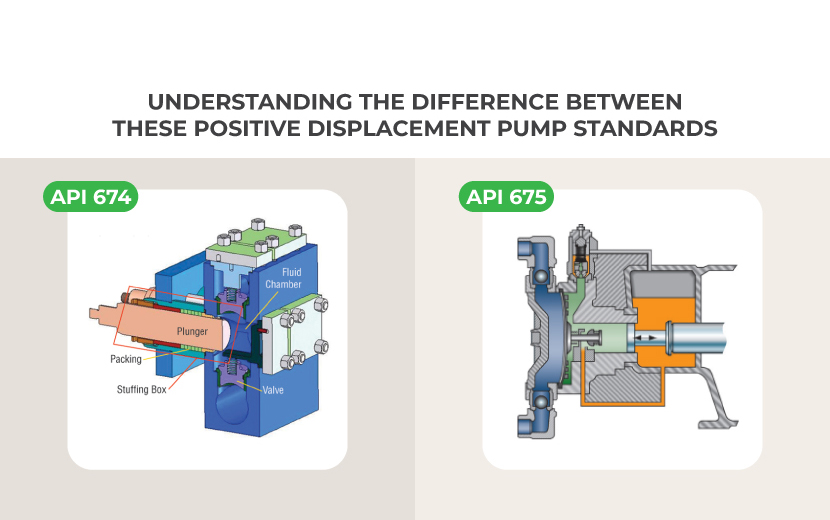23 September 2023
Milk Processing Plants- A boon to the Dairy Food Industry

Introduction Of Milk Processing Plant?
In the ever-evolving world of dairy food businesses, milk processing plants play a pivotal role in ensuring the quality, safety, and efficiency of dairy products.
These plants are equipped with advanced technologies such as homogenizers, pasteurizers, sterilizers, CIP systems, etc. that ensure the milk is processed and packaged efficiently.
These processes not only streamline milk production but also offer numerous advantages to the dairy industry.
1. Quality Assurance
One of the primary advantages of milk processing plants is the assurance of superior product quality.
These plants adhere to strict hygiene and safety standards during the entire milk processing chain, from collection to packaging.
High-quality milk is essential for the production of premium dairy products, such as cheese, yogurt, butter, and milk powder. By maintaining consistent quality, dairy processing plants build trust and loyalty among consumers, leading to increased sales and a positive brand image.
2. Extended Shelf Life
The dairy processing industry utilizes various methods, such as pasteurization and ultra-high-temperature processing (UHT), to extend the shelf life of milk and dairy products.
Pasteurization involves heating the milk to kill harmful bacteria, while UHT treatment involves heating the milk to an even higher temperature, resulting in a longer shelf life without refrigeration.
These preservation techniques enable dairy businesses to reach a broader market, including regions where access to refrigeration may be limited.
3. Diverse Dairy Product Range
With advanced equipment and processing capabilities, dairy processing plants allow dairy food businesses to expand their product range.
Raw milk can be transformed into an array of products, from traditional ones like butter and cream to innovative ones like lactose-free milk and flavored yogurt.
This diversification not only caters to a broader customer base but also provides opportunities for higher profit margins and increased market competitiveness.
4. Increased Efficiency and Productivity
Our processing plants operate using automated systems and modern machinery, streamlining the entire production process.
This results in higher efficiency and productivity compared to manual processing methods.
By reducing human intervention, the risk of errors and contamination is minimized, leading to consistent product quality.
Additionally, improved efficiency translates to lower production costs, contributing to higher profitability for dairy food businesses.
5. Traceability and Transparency
In today's consumer-driven market, transparency is crucial. Dairy processing maintains detailed records and implements traceability systems to track the journey of milk from farm to shelf.
This information allows consumers to know the source of the milk, its processing history, and its quality standards. Such transparency builds consumer trust and fosters loyalty, giving dairy food businesses a competitive edge.
6. Compliance with Regulatory Standards
Milk processing plants must adhere to stringent regulatory standards set by health and food safety authorities. These regulations ensure that dairy products meet the necessary quality, hygiene, and safety criteria.
By working with compliant processing plants, dairy businesses can avoid legal issues and recalls, safeguarding their reputation and protecting consumers' well-being.
The dairy processing industry is an invaluable asset to the dairy food business, offering a multitude of advantages that positively impact product quality, market reach, and overall efficiency.
From ensuring top-notch quality to diversifying product ranges and complying with regulatory standards, these plants play a pivotal role in the success and growth of dairy businesses.
Conclusion: As the dairy industry continues to evolve, Goma helps companies and start-ups to invest in state-of-the-art milk processing plants by offering complete turnkey solutions for Milk and milk products to thrive in this competitive market.

